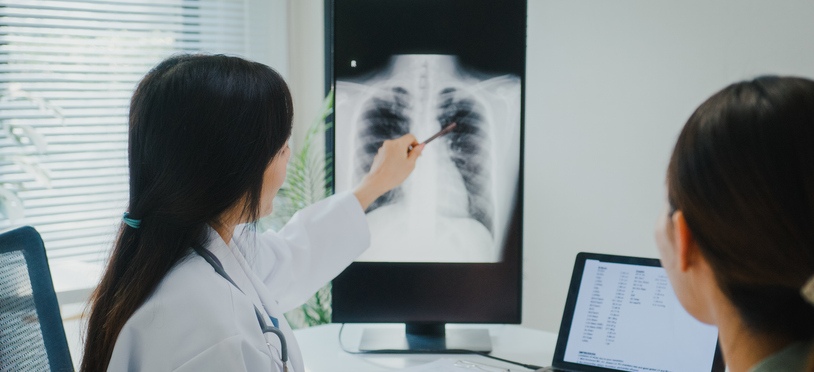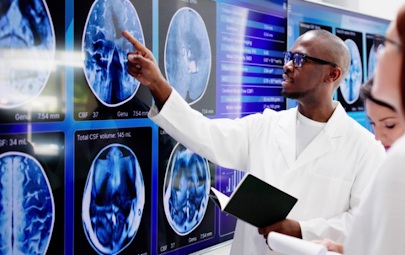
AI in Radiology: What Clinicians Need to Know in 2025
Artificial intelligence is reshaping radiology at an unprecedented pace. For clinicians working in imaging today, understanding these technological shifts isn't just beneficial it's essential for staying competitive in an evolving healthcare landscape.
The integration of AI and machine learning in radiology represents one of the most significant advances in medical imaging since the introduction of digital radiography. These technologies are automating image analysis, predicting patient outcomes, and dramatically improving diagnostic accuracy across multiple imaging modalities.
How AI is Transforming Radiology Practice
AI applications in radiology extend far beyond simple automation. Machine learning algorithms can now detect subtle patterns in imaging data that might escape even experienced radiologists, particularly in early-stage disease identification.
Workflow Enhancement
AI streamlines daily radiology workflows by prioritizing critical cases, reducing turnaround times, and minimizing human error. Automated preliminary reads help radiologists focus their expertise where it matters most: complex cases requiring nuanced clinical judgment.
Diagnostic Precision
Advanced algorithms excel at pattern recognition in medical images, enhancing diagnostic precision across various conditions. From identifying pulmonary nodules in chest CT scans to detecting retinal abnormalities in ophthalmologic imaging, AI serves as a powerful diagnostic support tool.
Career Implications for Radiology Professionals
The growing demand for radiologists and radiologic technologists reflects healthcare's increasing reliance on medical imaging. Rather than replacing radiologists, AI is creating new opportunities for professionals who can effectively integrate these tools into clinical practice.
Skill Development Priorities
- Understanding AI limitations and appropriate use cases
- Interpreting AI-generated reports and recommendations
- Quality assurance for automated systems
- Patient communication regarding AI-assisted diagnoses
Employment Opportunities
The radiology job market outlook remains strong, with physician jobs and permanent jobs in imaging specialties showing consistent growth. Healthcare organizations increasingly seek professionals who can bridge the gap between traditional radiology expertise and emerging AI capabilities.

Implementation Considerations
Successful AI adoption in radiology requires careful planning and ongoing education. Healthcare facilities must consider several factors when implementing AI solutions:
- Training staff on new technologies while maintaining clinical standards requires comprehensive educational programs. Radiologists need hands-on experience with AI tools to understand their capabilities and limitations fully.
- Quality control measures become even more critical when AI assists in diagnostic processes. Regular validation of AI algorithms ensures consistent performance across different patient populations and imaging protocols.
Preparing for the Future
Radiology professionals who embrace AI integration position themselves for long-term career success. The technology enhances rather than replaces clinical expertise, allowing radiologists to focus on complex cases while AI handles routine screening tasks.
For those considering radiology jobs or seeking permanent positions in medical imaging, developing AI literacy alongside traditional radiology skills creates a competitive advantage. Healthcare organizations value professionals who can effectively utilize these advanced tools.
Taking the Next Step
The future of radiology lies in the successful partnership between human expertise and artificial intelligence. Clinicians who stay current with technological advances while maintaining strong foundational skills will thrive in this evolving field.
Whether you're an experienced radiologist or exploring physician jobs in imaging, understanding AI's role in modern radiology practice is crucial. The technology continues advancing rapidly, making ongoing education and adaptation essential for career growth in this dynamic specialty.



